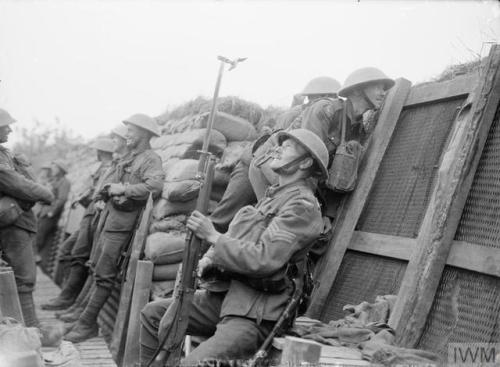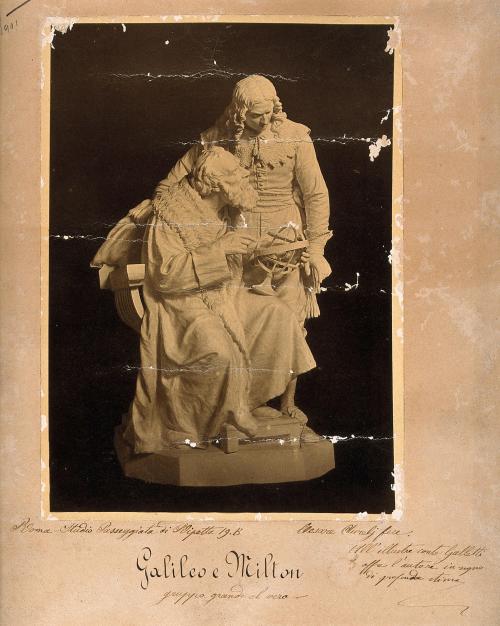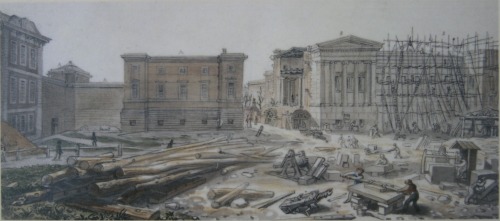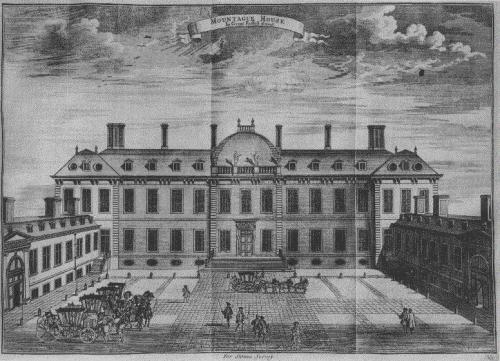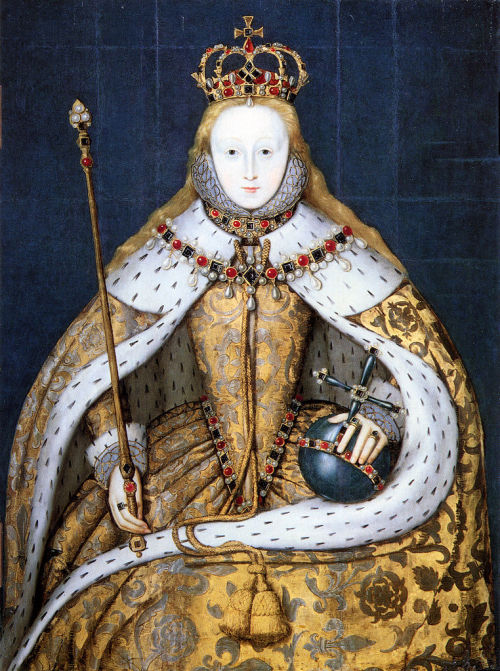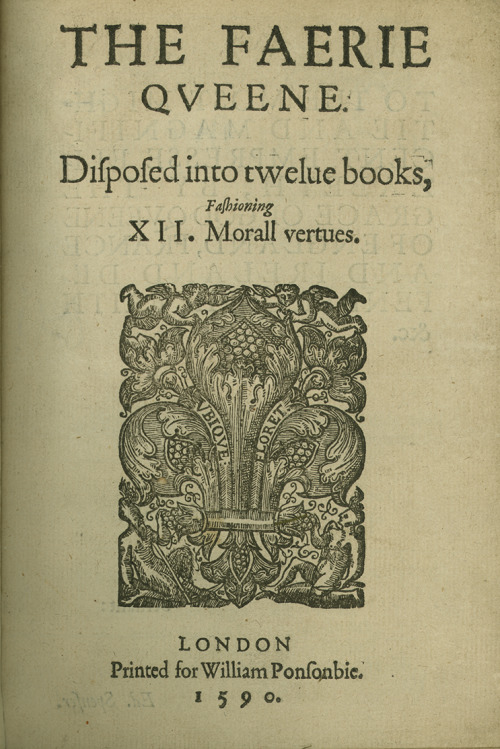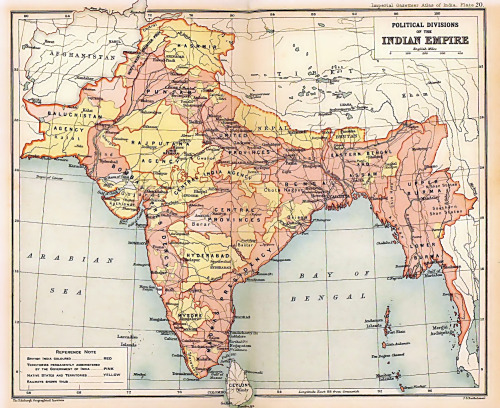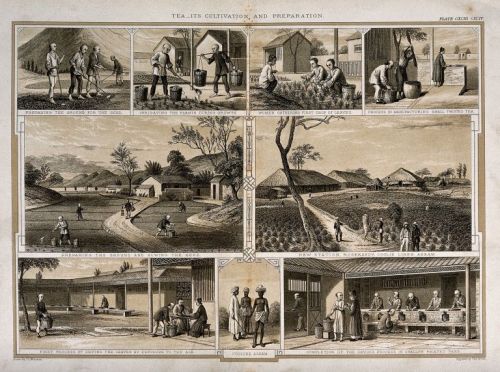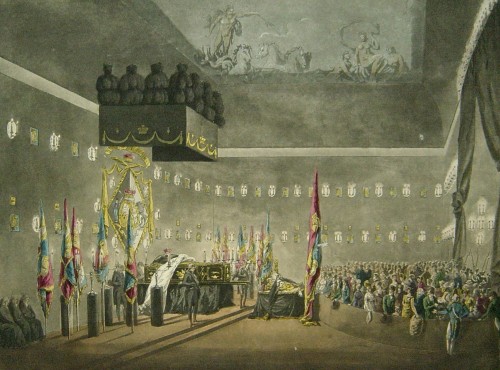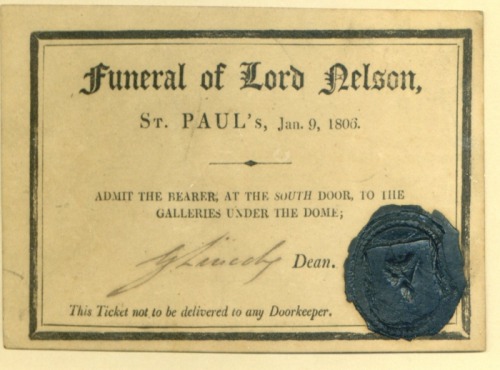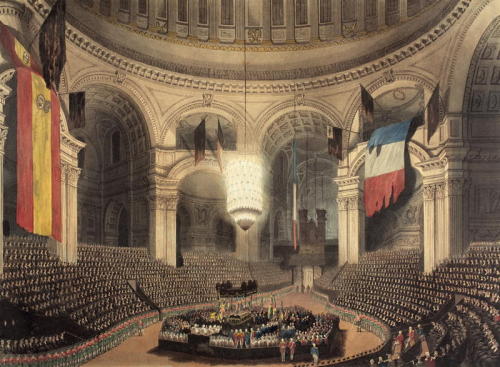#british history
Forgive me a minor deviation from our usual theme, but I found this photograph of my own great-grandfather this week - taken 1914 when he enlisted in the British Army at the age of 19, one of the first to go, and fortunate enough to come back safe.
We share a remarkable resemblance for being three generations apart - identical mouth and jawline, and my nose would have been very similar too, had I not broken it two times too many and been left with quirky asymmetry.
Post link
Oil painting on canvas, of Queen Mary of Modena (1658-1718)by studio of Sir Peter Lely (Soest 1618 – London 1680). 1678. A three-quarter-length portrait, almost facing, seated with a dog at her left side, wearing a brownish-red dress and blue cloak; relief of putti, left.
Post link
Eric “Winkle“ Brown; the great British aviator has passed away aged 97.
[Pictured in 1940]
Eric “Winkle“ Brown flew 487 different aircraft in his career, flew combat operations during the Second World War, took a flight whilst a young boy sat on the lap of German ace Ernst Udet and this is only a snippet of the story of this great man.
For a greater look at the life of this Eric Brown, please have a read of the obituary as seen on the Telegraph’s website:-
http://www.telegraph.co.uk/news/obituaries/12167611/Captain-Eric-Winkle-Brown-obituary.html
Post link
The 270th Anniversary of the Battle of Culloden
The painting included is: An Incident in the Rebellion of 1745
Circa 1745. By David Morier.
The painting which forms part of The Royal Collection and is on display at the Palace of Holyrood House depicts fighting of the 1745 Jacobite Rising. It is unsure if the painting depicts events from the Battle of Culloden itself though it has always been used to illustrate the famed battle.
https://www.royalcollection.org.uk/collection/401243/an-incident-in-the-rebellion-of-1745
Post link
Lieutenant-Colonel John Donald Hamill Stewart of the 11th Hussars
Stewart photographed when Colonel of the 11th Hussars.
Lt-Col. Stewart accompanied General Charles Gordon to Khartoum during the Sudan crises in 1884. Gordon was in charge of the task of evacuating all British and European personnel from the Sudanese capital in the face of the Mahdist uprising.
During the subsequent siege of the Khartoum by the Mahdist forces Col. Stewart lead a group aboard a steamer in fleeing the city. The steamer was to hit rocks and become grounded and all aboard were massacred.
Post link
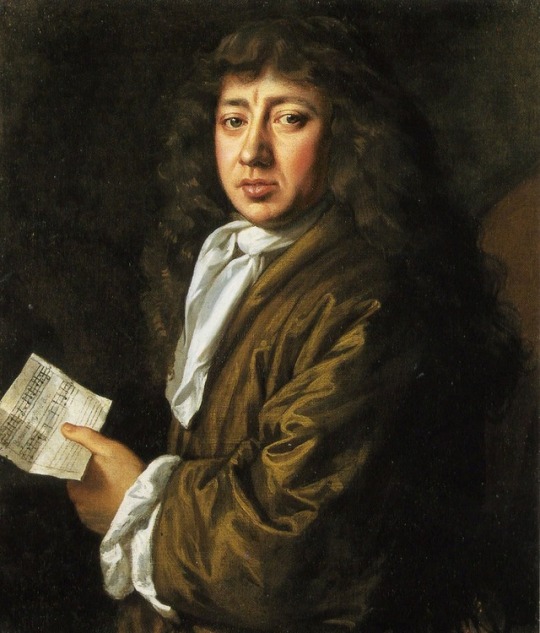
#OnThisDay in 1633, Samuel Pepys was born. He is most well-known for his detailed diary that provides us a fascinating window into 17th century British life. He held many roles throughout his career but as Chief Secretary to the Admiralty he was instrumental in transforming a corrupt and inefficient Royal Navy in to a powerful fighting force that would be Central to the rapid growth of the British Empire.
Painting: ‘Portrait of Samuel Pepys’ (1666) by John Hayls, National Portrait Gallery, London.
“Battle of Bailleul. Men of the Middlesex Regiment holding a street barricade in Bailleul, 15 April 1918, just before the fall of the town.“ Taken by photographer John Warwick Brooke.
Source: Imperial War Museum.
Post link
Carte de visite portrait of Louisa Edwardes by French photographer Camille Silvy, c. 1861.
Source: The J. Paul Getty Museum.
Post link
Portrait of a group of deer hunters posing on a hillside in Glenfeshie, Scotland, c. 1858. Taken by Scottish photographer Horatio Ross.
Source: Metropolitan Museum of Art.
Post link
“Battle of Albert. British troops attacking German trenches near Mametz. 1st July 1916.”
Source: Imperial War Museum.
Post link
A collection of mugshots of serious criminal offenders including a number of American Civil War veterans who were incarcerated at Mountjoy Prison in Dublin, Ireland, taken in November 1866.
Source: New York Public Library.
British troops “stand-to,” September 8, 1917. Since attacks were most likely at dawn or dusk, regiments in the trenches would stay ready at first light with rifles and bayonets.
Post link
- Sculptured group of Galileo Galilei and John Milton by Cesare Aureli (1844-1923, Italian)
- Galileo Galilei receiving a visit from John Milton at the Torre del Gallo by Annibale Gatti (1828-1909, Italian)
Post link
7 July 1307

King Edward I died on this day in British history, 7 July 1307. In 1306, the English were taken by surprise when Robert the Bruce seized the Scottish throne and encouraged the Scots to fight for independence. The English were initially successful in quelling the rebellion, but Bruce emerged again in 1307 and raised more support. In spite of his failing health, Edward assembled English forces to march north and confront Bruce. On the march to Scotland, an already ill Edward developed dysentery, the infection that ultimately claimed his life on 7 July 1307. He was buried in Westminster Abbey and succeeded by his son, Edward II.
Apologies for the paucity of updates to the British History Tumblr, everyone. Life has gotten busy and I’ve had to narrow the focus of my side projects, which means that I’m currently focusing on The Maritime History Podcast only. At the moment, though, I’m close to being finished with a guest episode for The History of England. The episode will cover the naval exploits of Henry V, so if you’re curious, check out the ‘Time Team’ episode above to get an idea of what we’ll cover in the near future! Stay tuned for updates, and please connect with The Maritime History Podcast here on Tumblr, on Facebook, or on the website to join our crew! Heck, why not even subscribe on iTunestoo!
Opening of the British Museum – 15 January 1759
The British Museum was first opened to the public on this day in British history, 15 January 1759. What began as the personal collection of Sir Hans Sloane has expanded to what is today one of the largest museums in the world. And though it was iniitally housed in Montagu House, a re-purposed 17th century mansion, the British Museum now covers a space of over 92,000 m2 (990,000 sq. ft).
Read more about the museum’s origin here…
http://todayinbritishhistory.com/2014/01/british-museum-opens-15-january-1759/
Post link
The Coronation of Queen Elizabeth I – 15 January 1559
Elizabeth Tudor was crowned Queen Elizabeth I on this day in British history, 15 January 1559. She became queen at age 25 following the death of her sister, Mary I. Elizabeth would be the fifth and last Tudor monarch.
Post link
Death of Lewis Carroll
14 January 1898
English author Lewis Carroll died in Guildford, England, at the age of 65 on this day in British history, 14 January 1898. Carroll’s real name was Charles Lutwidge Dodgson. He is most remembered for his pair of ‘Alice’ stories, Alice’s Adventures in WonderlandandThrough the Looking-Glass, What Alice Found There. Carroll spent most of his life as a mathematics lecturer at Christ Church, Oxford, and as a gentleman-photographer in some of England’s upper social circles.
Read more about Lewis Carroll’s life here….
http://todayinbritishhistory.com/2014/01/lewis-carroll-dies-guildford-age-65-14-january-1898/
Post link
Edmund Spenser Dies in London
13 January 1599
It was on this day in British history, 13 January 1599, that English poet Edmund Spenser died in London. Spenser is best known for his epic poem ‘The Faerie Queene,’ an allegory that praises the Tudor dynasty and Queen Elizabeth I. Spenser is considered one of the greatest English poets and though ‘The Faerie Queene’ was left incomplete at his death, it is still the longest epic poem in the English language.
Post link
The Massacre of Elphinstone’s Army
13 January 1842
The last surviving troops of the 1842 retreat from Kabul made a final stand near the village of Gandamak on this day in British history, 13 January 1842. Following an uprising in Kabul, Major General Elphinstone negotiated an agreement with Akbar Khan by which his army was to withdraw to the British garrison at Jalalabad, more than 90 miles away. During the retreat, Afghan tribes continually attacked the army. In the end, out of more than 16,000 people from the column commanded by Elphinstone, only one European (Assistant Surgeon William Brydon) and a few Indian sepoys reached Jalalabad. A few dozen British prisoners and civilian hostages were later released. The painting above is a depiction of Brydon’s arrival at Jalalabad and is entitled ‘Remnants of an Army.’
Read more about ‘The Massacre of Elphinstone’s Army’ here…
Post link
Assam Tea is First Auctioned in London
10 January 1839
The first auction of Assam tea in Britain took place on this day in British history, 10 January 1839. The auction generated enormous excitement among the growing tea-drinking population of England. The Assam Company was formed later that year and within a decade had become a successful producer of Assam tea. Within 40 years, the volume of Britain’s Assam tea import surpassed that of China tea. Today, the Assam Company produces over 15 million pounds of tea annually.
Read more about the historic auction and history of Assam tea here…
http://todayinbritishhistory.com/2014/01/assam-tea-first-auctioned-london-10-january-1839/
Post link
January 10th 1645: Laud executed
On this day in 1645 the Archbishop of Canterbury William Laud was executed for treason at the Tower of London. He was appointed to the archbishopric in 1633, during the reign of King Charles I. Laud worked closely with the King, and his tenure was marked by conflict with Puritans. The latter felt so threatened that many set sail for the North American colonies to be free from persecution. His focus on ceremony led to rumours that he held ‘popish’ (Catholic) sympathies and his overbearing dominance of religious policy made him a target of popular hostility. Charles had to call Parliament in 1640, and on 18th December Laud was impeached for high treason by the Commons. By the time of his execution in 1645, the English Civil War was in full swing. Laud was buried in a London church, but after the Restoration his remains were moved to the chapel of St John’s College, Oxford.
Post link
The Funeral and Burial of Lord Horatio Nelson
9 January 1806
The state funeral of Lord Horatio Nelson took place on this day in history, 9 January 1806. Nelson had gained a huge measure of fame in Britain by leading the navy to victory over the Franco-Spanish navy at Trafalgar. Nelson, however, was killed by a sniper’s bullet at the moment of victory. His body was transported back to England where his coffin was fashioned from the mast of ‘L’Orient,’ the French flagship at Nelson’s victory in the Battle of the Nile.
His body lay in state in the Painted Hall at Greenwich before it was eventually carried to St. Paul’s Cathedral at the head of an enormous procession. Stands were constructed inside St. Paul’s to accomodate the seating of thousands, and the dome was hung with the flags from captured French and Spanish vessels. After a four-hour service he was interred within a sarcophagus originally carved for Cardinal Wolsey. The sailors charged with folding the flag draping Nelson’s coffin and placing it in the grave instead tore it into fragments, with each taking a piece as a memento of their much beloved leader.
Read more about the funeral and burial of Lord Horatio Nelson here…
http://maritimehistorypodcast.com/funeral-burial-lord-horatio-nelson-9-january-1806/
Post link
25 July 1603

James VI of Scotland was crowned King of England and Ireland on this day in British history, 25 July 1603, becoming James I. Although the kingdoms of Scotland and England were individual sovereign states, each with its own parliament, judiciary, and law, James brought about the Union of the Crowns, a union of the states (including Ireland) under the same monarch. James would continue to sit on all three thrones until his death in 1625. England and Scotland were not brought under unified parliamentary rule until the Acts of Union of 1707, with Ireland remaining a separate kingdom that was subordinate to England until 1784.
22 July 1812

The Battle of Salamanca took place on this day in British history, 22 July 1812. An action during the Peninsular War, the battle saw an Anglo-Portuguese army under the Duke of Wellington defeat Marshal Auguste Marmont’s French forces among the hills around Arapiles, south of Salamanca, Spain. A Spanish division was also present but took no part in the battle.
22 July 1298

The Battle of Falkirk, a major battle in the First War of Scottish Independence, took place on this day in British history, 22 July 1298. King Edward I led the British army against William Wallace and the Scots. Although the Scots had defeated the English on several previous occasions, the English held a large numerical superiority at Falkirk and easily defeated the Scots. Shortly after the battle William Wallace resigned as Guardian of Scotland.
20 July 1304

It was on this day in British history, 20 July 1304, that Stirling Castle surrendered to end the siege that had been brought by King Edward I. The 1304 siege is famous for Edward’s use of siege engines and catapults to bombard the castle for several months. The most famous weapon was called Warwolf, and it is possible that Warwolf was the largest trebuchet ever constructed.
16 July 1377

Today marks the anniversary of the coronation of King Richard II. He was crowned at the age of 10, on this day in British history, 16 July 1377. Richard would remain king until being deposed by Henry of Bolingbroke in 1399.
10 July 1940

The initial phase of the Battle of Britain began on this day in British history, 10 July 1940. The early stages of the battle took place over the English Channel in what the Germans called the “Kanalkampf.” These early engagements saw German fighters and bombers test the RAF defenses and the Luftwaffe often prevailed in the Kanalkampf.

9 July 1877
The inaugural Wimbledon Championship tournament began on this day in British history, 9 July 1877. The 1877 Wimbledon was the world’s first official lawn tennis tournament and was held at the All England Croquet and Lawn Tennis Club in London. The final, which was delayed three days due to rain, took place on Thursday, 19 July in front of about 200 people. The spectators paid an entry fee of one shilling each, and the prize money for the winner was 12 guineas, plus a silver challenge cup valued at 25 guineas donated by the sports magazine The Field. The tournament made a profit of £10. Spencer Gore, a 27-year-old rackets player from Wandsworth, won the first Wimbledon title, after defeating William Marshall in the final in a match that lasted 48 minutes.
8 July 1663

On 8 July 1663, King Charles II granted the royal charter for the recognition of the Rhode Island colony. The colony had been established in 1644 when several growing towns incorporated together. After the restoration of royal rule, however, the colony sought royal recognition. One of the original towns that incorporated was Providence Plantation, and its founder, Roger Williams, sought to create a town that recognized liberty of conscience and religious freedom. Because Charles II was a Catholic-sympathetic king in a heavily-Protestant England, he was happy to grant the Royal Charter of 1663, giving the Colony of Rhode Island and Providence Plantations an elected governor and legislature. The charter remained the governing charter of Rhode Island for 180 years, making it the the oldest constitutional charter in the world at the time of its retirement in 1843.














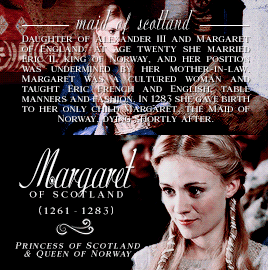



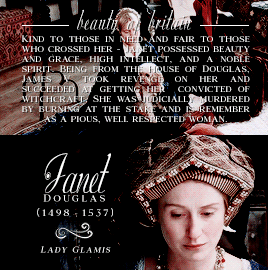
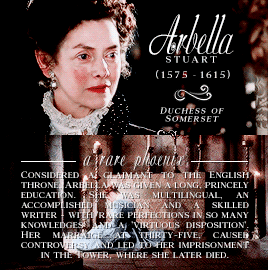


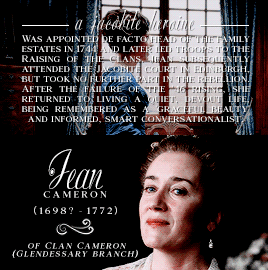






![Eric “Winkle“ Brown; the great British aviator has passed away aged 97.[Pictured in 1940] Eric “Wink Eric “Winkle“ Brown; the great British aviator has passed away aged 97.[Pictured in 1940] Eric “Wink](https://64.media.tumblr.com/5e117e866cf46f44f4733acf4914a86a/tumblr_o2x3obKqvt1qcp6xao1_400.jpg)






